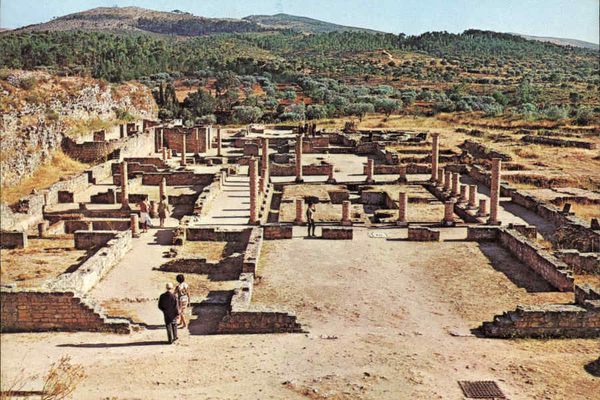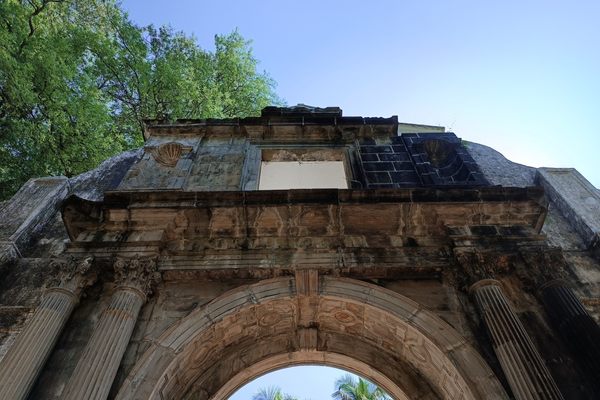AO Edited
Mosteiro de Santa Maria de Seiça
The crumbling ruins of an abandoned 12th-century monastery.
Mosteiro de Santa Maria de Seiça is an abandoned monastery located in Paião, a parish in the Figueira da Foz municipality. The first mention of this monastery in a document dated 1162. Given that it was founded by D. Afonso Henriques, who was the king of Portugal from 1143 to 1185, it is safe to speculate that it was founded between 1143 and 1162.
D. Afonso Henriques was heavily involved in the Crusades and the Templar Order, thus combining political, military, and religious power. As a result, he oversaw the establishment of a number of religious structures through his reign, including the Mosteiro de Santa Maria de Seiça.
The first congregation housed in this monastery was the Order of the Holy Cross, followed by the Cistercian Order from 1195 to 1834, with the exception of a brief spell between 1555 and 1560, in which the property was seized and donated to the Order of Christ. The year 1567 was important for this monastery, as it witnessed the founding of the Congregation of Santa Maria de Alcobaça, an institution that proved to be particularly ambitious and efficient.
Within a few years of its inception, this congregation turned the Mosteiro de Santa Maria de Seiça into a center for religious and philosophical studies. It was during this time that the building of the adjacent wing of the monastery was initiated, and the modest church in existence was replaced by a larger one, part of which remains standing to this day.
In 1834, after Portugal ordered the dissolution of all monasteries in the country, the Mosteiro de Santa Maria de Seiça was abandoned. The building was used by a rice husking company between 1911 and 1976, but it has been in a dire state of disrepair since then. The magnificent façade is dominated by the two lateral steeples. In line with the tradition of the place and time it was built, the church consists of one nave with several attached chapels. These parts of the church are still recognizable, but most of the roof has collapsed and the structure is exposed to the elements. Vegetation has started creeping in, bestowing the place with a post-apocalyptic feel. Only half of the convent remains, but the wooden floors of the upper level are in an advanced stage of decay.
Know Before You Go
Since December 2021 they have started to rehabilitate the building. The project should take 2 years and 2.6M € (as the billboard says). The area is closed of with fences but you can still see the outside well.



























Follow us on Twitter to get the latest on the world's hidden wonders.
Like us on Facebook to get the latest on the world's hidden wonders.
Follow us on Twitter Like us on Facebook